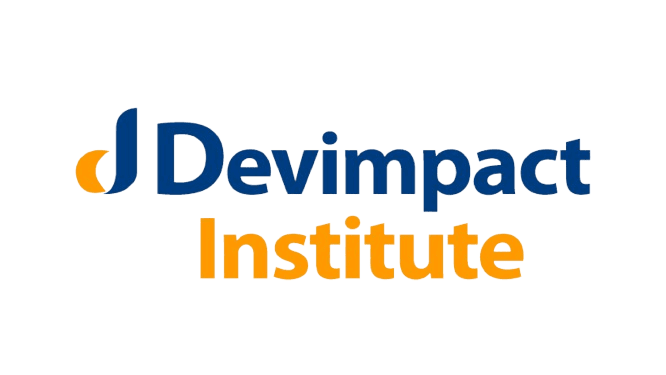
Training on Monitoring and Evaluation for Humanitarian Programs
In humanitarian programs, monitoring and evaluation serve a variety of functions, but some of the most important is to ensure that humanitarian interventions are relevant and inclusive of all affected populations, to measure the outputs and outcomes of humanitarian interventions against a meaningful and manageable set of quantitative and qualitative indicators and/or questions, and to comprehend the broader effects of assistance and support.
The M&E for humanitarian Programs training provides an overview of the basic principles and methodologies for program monitoring and evaluation with emphasis on practical application for humanitarian researchers and practitioners.
Target Participants
This course is designed for researchers, project staff, development practitioners, managers, and decision-makers who are responsible for the project, program, or organization-level M&E of humanitarian projects.
Course Duration
Online 7 Days
Classroom-based 5 Days
What you will learn
By the end of this course the participants will be able to:
- Understand monitoring and evaluation (M&E) of humanitarian programs
- Design a humanitarian project using a logical framework
- Develop indicators and targets for each result level
- Track performance indicators over the life of the project
- Evaluate a humanitarian project against planned outcomes
- Develop and implement an M&E system
- Develop a comprehensive monitoring and evaluation plan
Overview of Humanitarian Programs
- Introduction to the concept of humanitarian programs
- Concepts and Nature of Human Rights
- The core humanitarian standards
- Humanitarian program life cycle
Introduction to M&E
- Definition of Monitoring and Evaluation
- Why Monitoring and Evaluation are important
- Key principles and concepts in M&E
- M&E in the project lifecycle
- Complementary roles of Monitoring and Evaluation
- M&E for humanitarian projects
M&E Frameworks in Humanitarian Programs
- Conceptual Frameworks
- Results Frameworks
- Logical Framework Analysis (LFA)
- Log Frame - Design of humanitarian projects using Log Frame
M&E Humanitarian Program Indicators
- Indicators selection
- Indicator metrics
- Linking indicators to results
- Indicator matrix
- Tracking of indicators
M&E Plans in Humanitarian Programs
- Importance of an M&E Plan
- Documenting M&E System in the M&E Plan
- Components of M&E Plan
- Using M&E Plan to implement M&E in a Project
Data Management for M&E in Humanitarian Programs
- Sources of Data: Information systems, surveys, participatory poverty assessments, financial management tools
- Use of different Surveys in data collection for humanitarian programs
- Participatory methods of data collection for humanitarian programs
- Data analysis for humanitarian programs
Gender Perspective in M&E for Humanitarian Programs
- Importance of gender in M&E
- Integrating gender into program logic
- Setting gender-sensitive indicators
- Collecting gender disaggregated data
- Analyzing M&E data from a gender perspective
- Appraisal of projects from a gender perspective
- Issues with integrating gender into M&E
Performance Evaluation of Humanitarian Programs
- Determining evaluation points from the results framework
- Components of evaluations: implementation and process evaluations.
- Evaluation designs- experimental, quasi-experimental and non-experimental
- Performance evaluation process
- Evaluation findings sharing and dissemination
M&E Results Use and Dissemination
- Use of M&E results to improve and strengthen humanitarian programs
- Use of M&E Lessons Learned and Best Practices
- M&E reporting format
- M&E results in communication strategies

